VistaPrint, a publicly traded online printer, held an event last week for investors - its first annual investors and analysts day. VistaPrint had annual revenue of $152 million in fiscal year 2006 and a current market cap of nearly $1.5 billion. In October, the company reported that revenue in the first quarter of fiscal year 2007 surged 73% to $50 million and net income came in at $6 million, up from $2.9 million in the same period a year ago. Key executives gave presentations detailing the company's past performance and future plans. (Transcript and slide pdfs can be found here. The webcast of this event can be found here.)
There were many interesting insights gleaned from the 43 page transcript. After the presentation, Robert Keane, CEO and Chairman, and other VistaPrint executives answered questions from the audience. One question was about the barrier of entry for companies like Cenveo and RR Donnelley into their space. The other was a question about Kodak. Here are the answers as recorded in the transcript by Thomson Financial.
Question About Competitors Copying VistaPrint's Model:
Robert Keane: So the question is, we've often talked about the difficulty of competitors in replicating this business model, and I said I would speak specifically about the high-volume industrial printers and how they might be able to realign their business to address this market.
Anyone, in theory, could come into this business, and obviously the more successful we are, the more people are going to attempt that. We do think there's a lot of barriers to entry and I keep repeating that we think there's a lot of advantages to scale in this business.
The first and foremost, I think anyone who comes in here will be starting six years behind us and that just makes it difficult, whoever they are. As to the large industrial printers, if you actually look at what drives VistaPrint, in all due respect to the phenomenal things that we do on the manufacturing facility, that is a small portion of the puzzle, a small piece of the puzzle.
The marketing prowess we have in Janet's (Janet Holian, VP Marketing) team and the 100-plus people doing direct marketing, we spend significantly more money on marketing and direct marketing than we do on printing. We spend about 20% of revenues on printing, low 20s and mid 30s in terms of marketing. Secondly, we have six-plus years of software developing in over 100 people in the technology and development group, and those - both marketing, tech and development, are growing roughly in line with revenues.
We invest huge amounts of effort in this whole concept of productization, and that is a very obscure concept to the traditional printers. And, finally, the large firms, like a Donnelley or Cenveo, who I think are great, great companies, are used to selling truckloads of it - could be anything from Yellow Pages to magazines to consumer goods packaging, which are worth hundreds of thousands, if not millions, of dollars per month per customer, and would have to totally reconfigure their entire way of doing business, from the way they go to market to the way they produce to the way they ship to produce on a $30 unit.
So I certainly think people may get interested. I would doubt that those particular printers would be the people who would be successful in doing it, but I can't say what they're thinking.â€
Question About Kodak:
A question was asked about Kodak's photo service, but Keane thought it was about Kodak's products in the offset and digital arena.
Robert Keane: "Okay, what do we see Kodak doing in our lines of business? I see Kodak as a great supplier, and/or potential supplier, so Kodak is a big company, but to my knowledge, and Chris (Chris Connors, VP of Manufacturing), tell me where you see otherwise, but we see them as -- they (want to) supply plates. We happen to, I think, buy Fuji plates, but Fuji and Kodak make those plates, both of them.
Secondly, they are a competitor to people like Xerox and Indigo and Ikon and Kodak with a subsidiary they call NexPress, which makes very high-quality digital printing equipment. So we would see them as either a capital equipment supplier for the digital presses and/or a consumables supplier. They're a very high-quality company. I believe they also (are) in the plate-making equipment market, and they have quite a big pre-press line, and, Chris, I don't know how else we use them...
Chris Connors: No, I think for the most part, we have looked at them and we continually -- our engineering team is out looking at new technologies, and we have looked at NexPress and some of the other alternatives to HP Indigo. (VistaPrint reportedly has 15 HP Indigo presses.) We're continually striving to get things better, faster and cheaper, but we also have to weigh that with getting too many different types of technologies in our plant, but NexPress is really -- in particular, Kodak, we're [focused]....
At that point Keane interrupted and realized the question was about Kodak's photo service and he proceeded to redirect his answer toward their business from the consumer market.


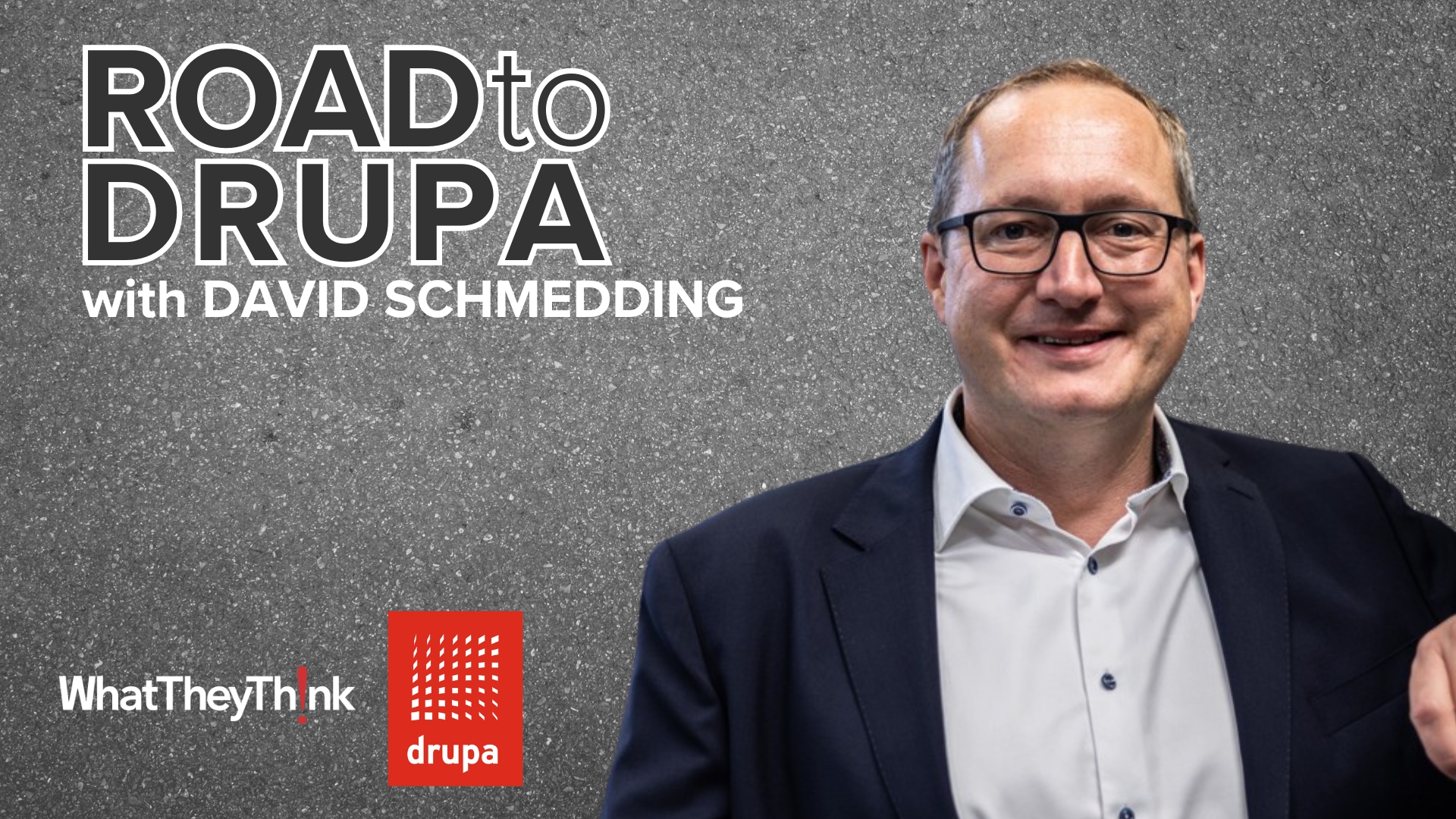
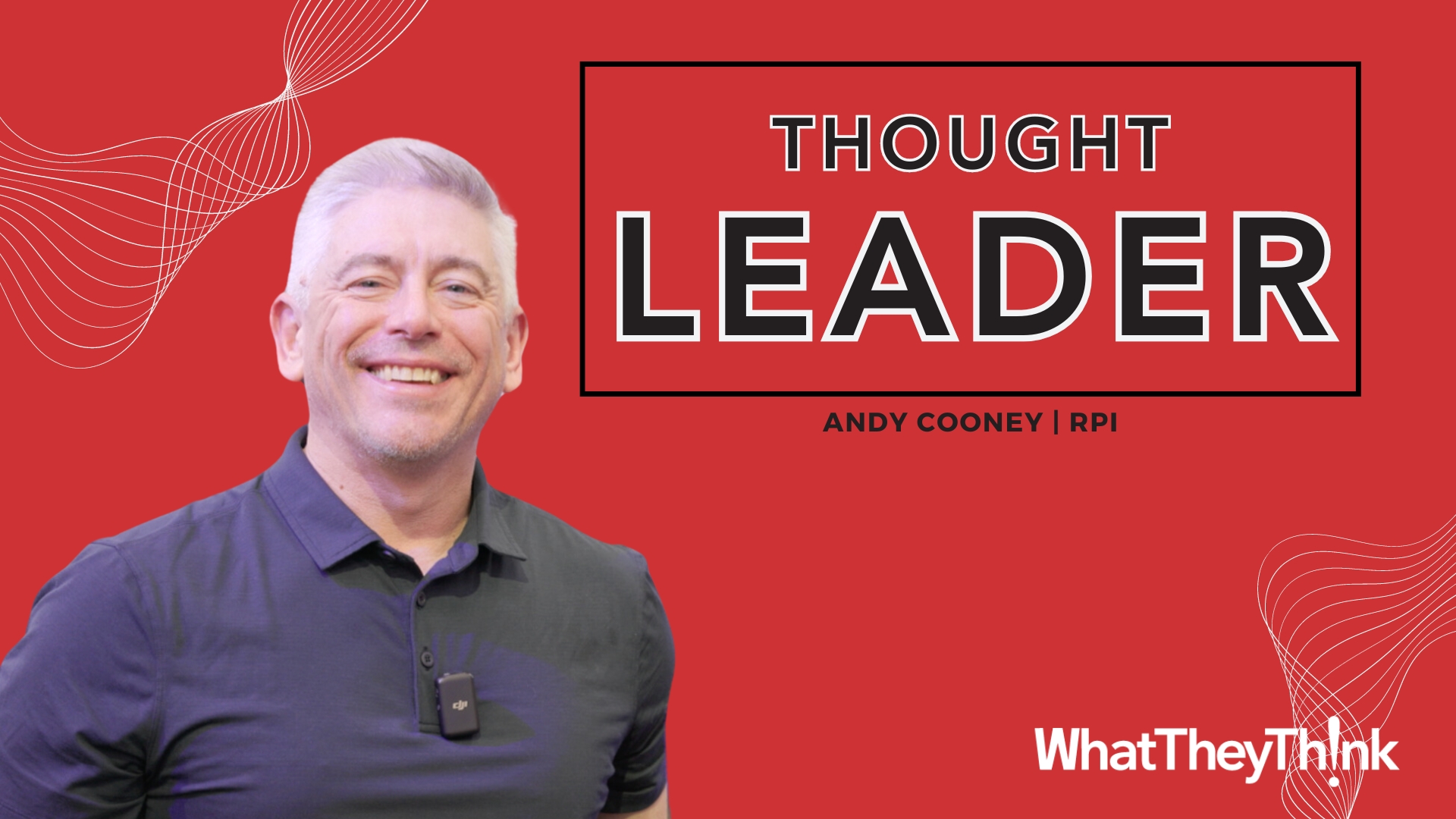
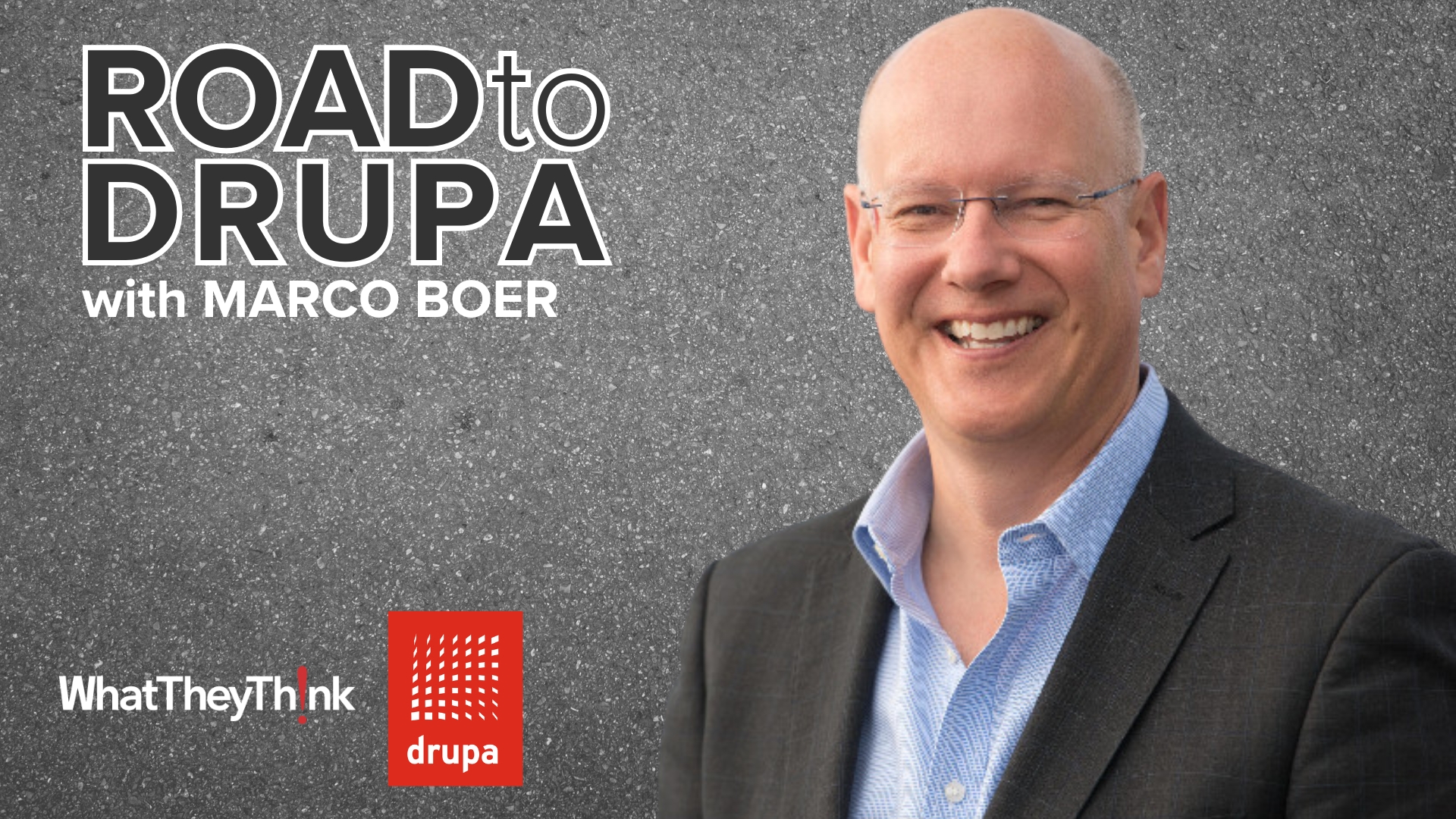
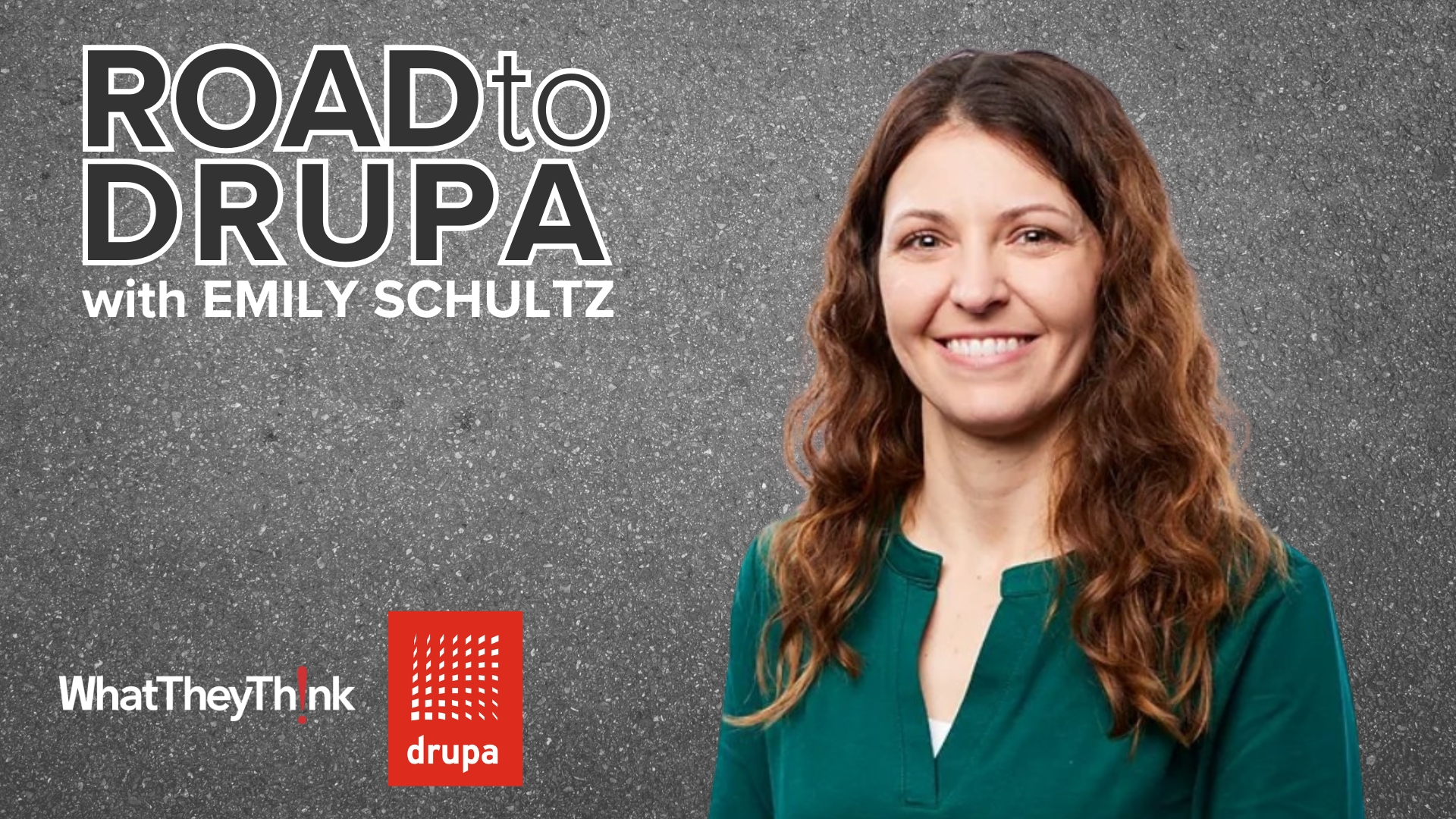

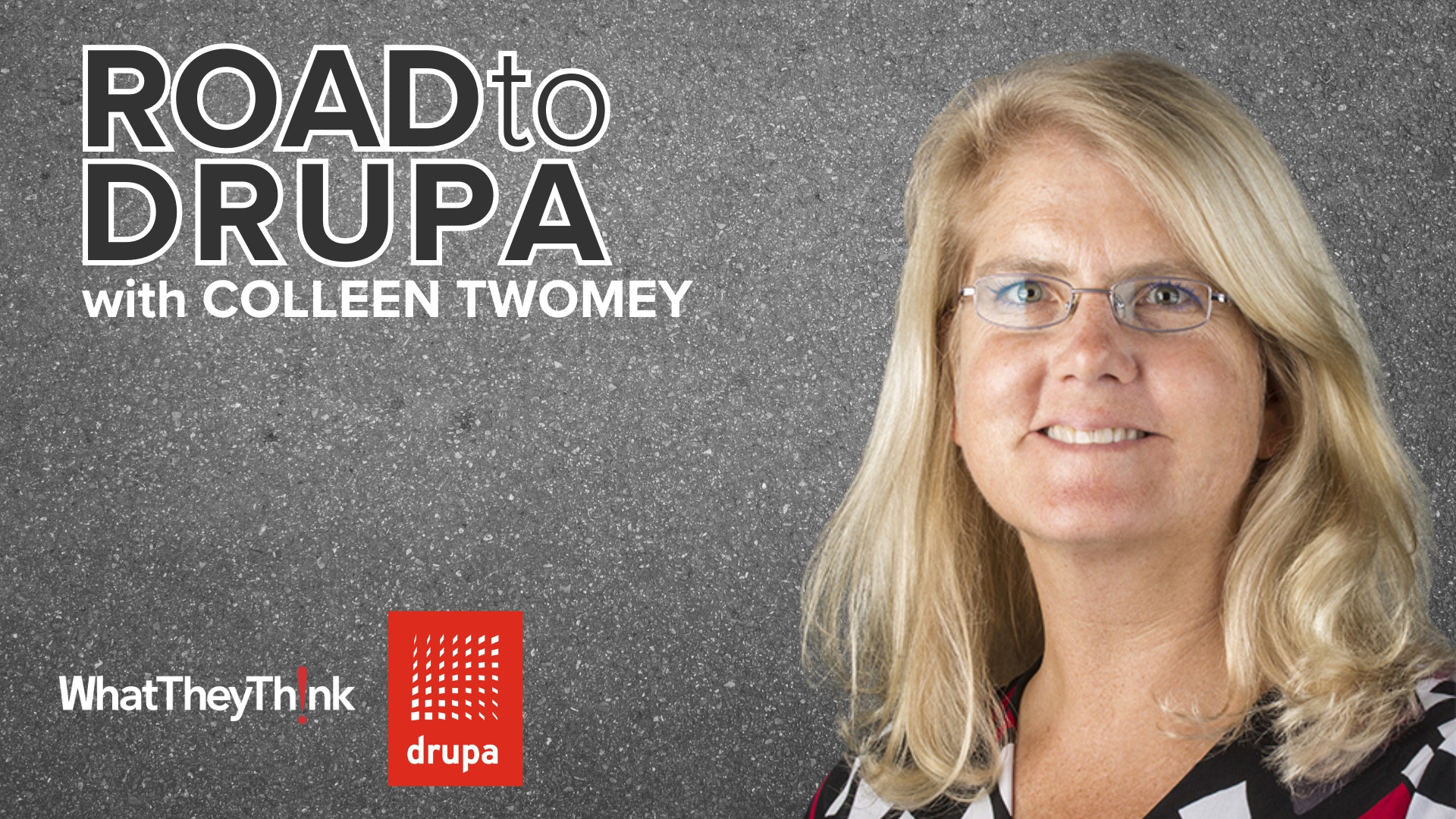


Discussion
By Pete Basiliere on Nov 21, 2006
Vistaprint has competitors ranging from personal desktop ink jet printers to office supplier retailers to Internet-based printing companies. While tempting to compare Vistaprint to R.R. Donnelley and other very large multinational printers, in many respects the better comparison in North America is to Deluxe. Best known for its very short run personal and business checks, through its acquisition of NEBS the company expanded its focus on VSBs (very small businesses). Ganging of short run orders is nothing new, although receiving patents on the process may be. Checkprinters such as Deluxe and Harland (where I was a production manager) and direct mail suppliers such as NEBS (where I was an engineering manager) have had automated composition systems that combined orders from multiple customers based on the items' color combinations for decades. What may be new is the expenditure of 25% to 75% more money on "marketing" than on "printing."
By Michael Josefowicz on Nov 22, 2006
From where I sit, the threat is from Kinkos and Staples. With Staples being by far the greater threat. If the play is marketing, once Staples enters the landscape things may change pretty quickly. To me, VistaPrint feels like a dot.com bubble. $153 million dollar sales with a $1.5 billion valuation. This is all strictly outsider observation, not invested, not involved in any way.
By William Gindlesperger on Jan 15, 2007
VistaPrint knows its business. Its comments about large printers and their interest (or lack thereof) in e-catalogue work may be on the money, but for the wrong reasons. Large printers have larger fish to fry. The idea is that these large printers may want to become single source suppliers to their customers, optimize profitability, and still not water down what they manufacture best. A printer need be limited no longer by its own manufacturing specialties, as it can now process specifications, collect orders, move information around among its plants to assure maximum efficiencies, outsource everything else, and turn a 50% or greater direct contribution to its bottom line on this outsourced work. This is not the same as brokering. Rather, it is the ability to coordinate and use downtime of others for the purpose of supplementing one's own manufacturing capabilities without spending one dime to increase production, add new overhead, or risk future idle capacity. It is sort of like renting someone else's idle capacity at super favorable rates for only the exact job in hand. By mixing fully utilized production capacity and outsourcing everything else, printers optimize profitability. After all, the printing business is not about how you do it or how much of it you do yourself. The printing business is about increasing profitability or failure. e-LYNXX Corporation has been quietly supplying the requisite BPO (Business Process Outsourcing) systems to a growing number of large printers and to a host of others. The difference is that the e-LYNXX workflow and communication ASP (Application Service Provider) systems are backed by a broad based business method patent (U.S. Patent # 6,397,197). Incidentally, e-LYNXX was founded in 1975, successfully consults throughout the printing industry, gets much of its business through word of mouth, is profitable, has no venture capital, and private-brands its tailored systems.
Discussion
Join the discussion Sign In or Become a Member, doing so is simple and free